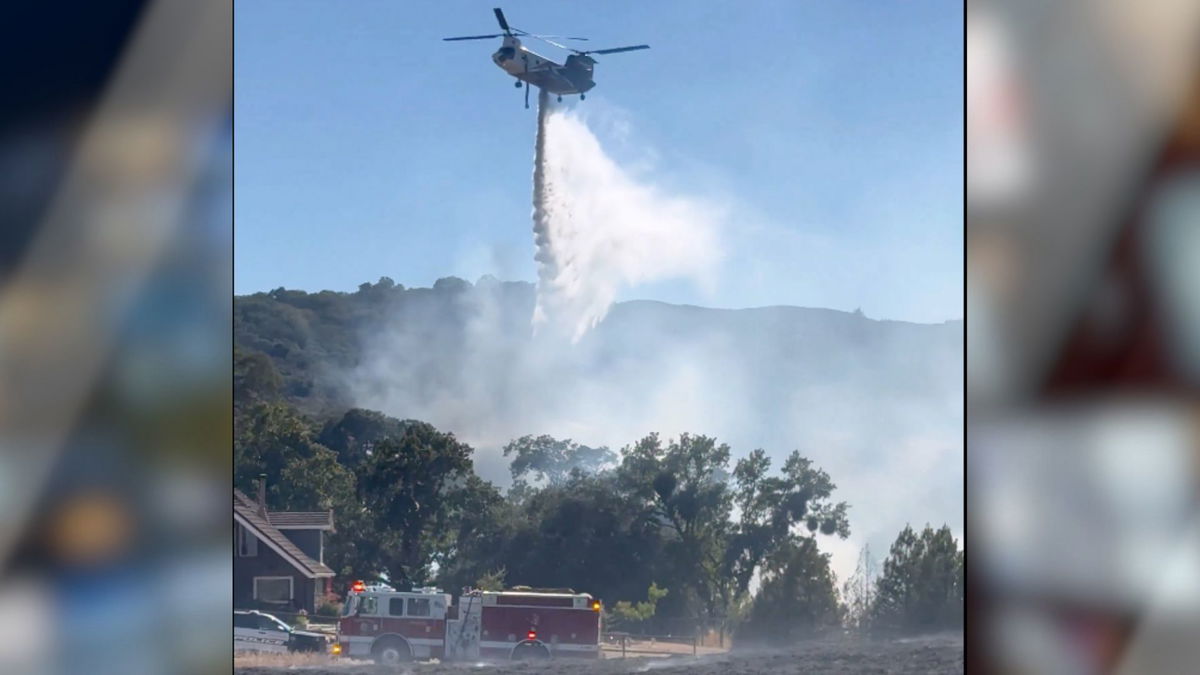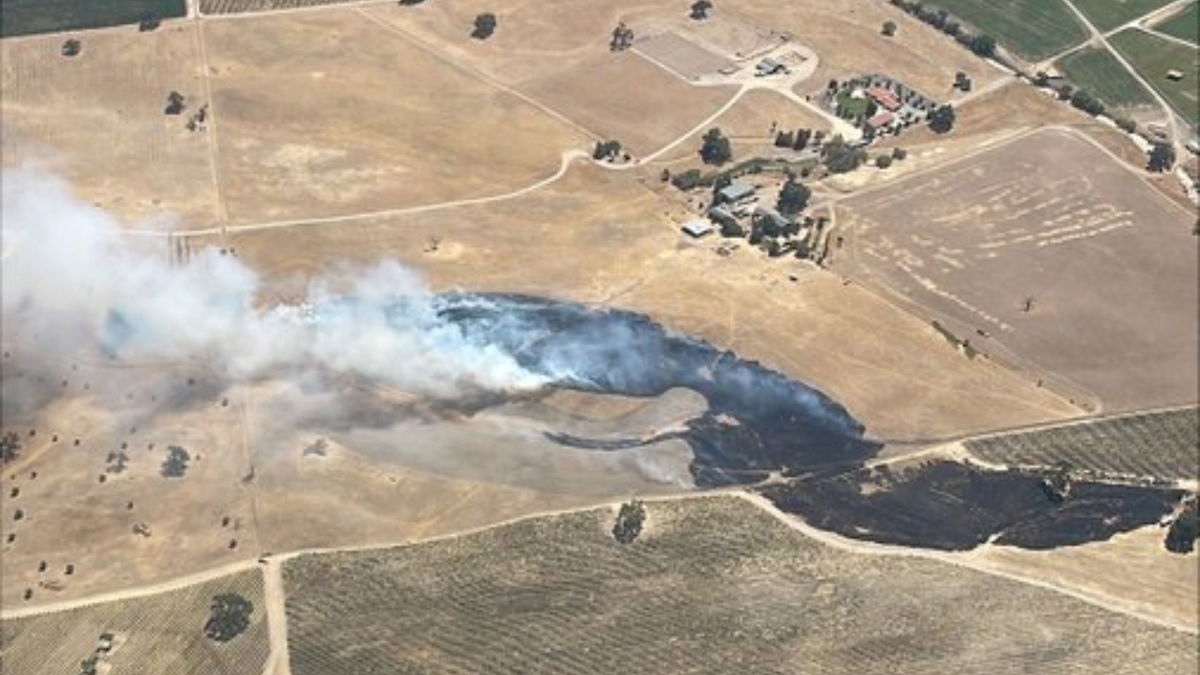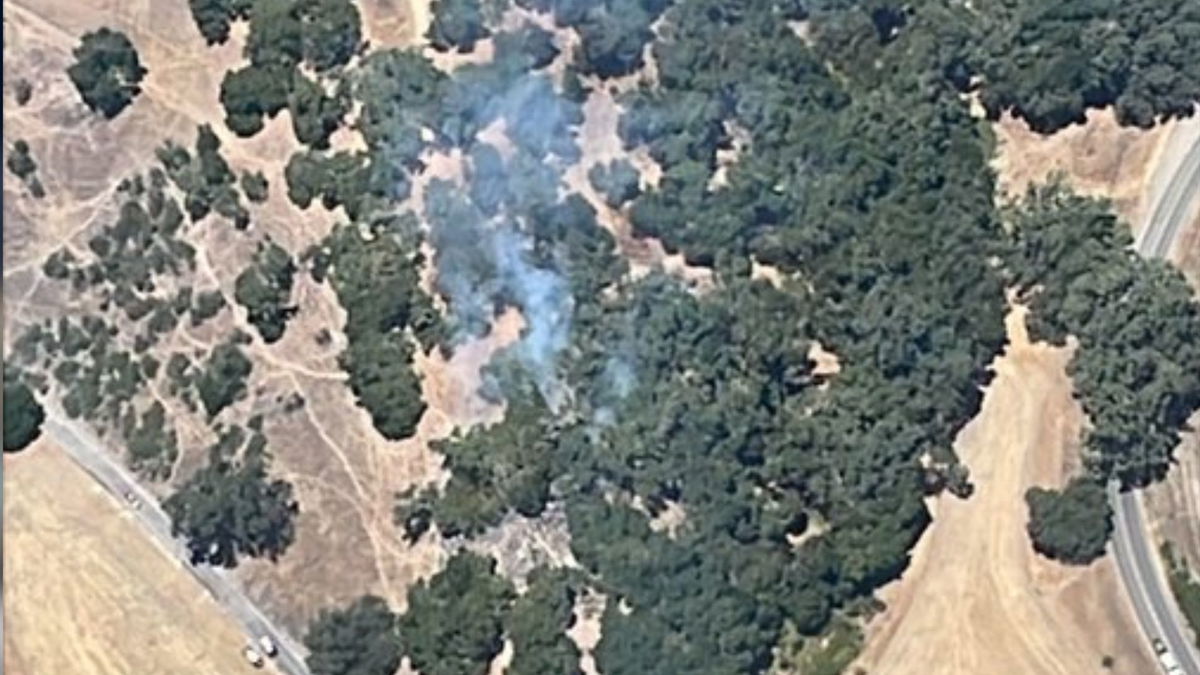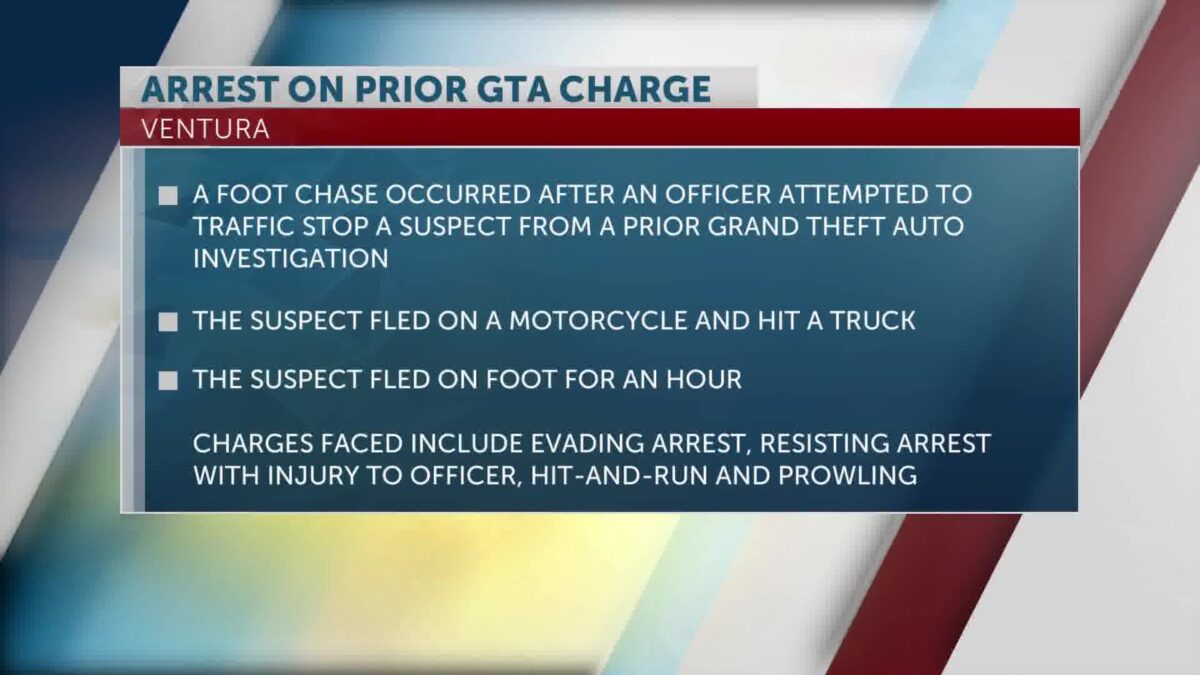Christer Schmidt
VENTURA, Calif. – A Ventura Patrol officer arrested a suspect wanted in connection with a prior Grand Theft investigation.
The Ventura Patrol (VP) officer says they recognized the 45-year-old man from the Grand Theft investigation and attempted to initiate a traffic stop near Sherwin Avenue and Ventura Boulevard.
VP says the suspect failed to yield and fled quickly and recklessly on their motorcycle. Officers say they did not pursue the suspect initially due to the danger posed.
A VP motor officer says they later observed him continuing to drive recklessly in the area of Seaward Avenue and Thompson Boulevard. Moments later, the officer says they saw a collision between his motorcycle and a truck, which caused the suspect to be ejected from the motorcycle.
The motor officer says they attempted to detain him, but the suspect fled on foot.
A coordinated search ensued. During the search, officers say the suspect entered several private yards and temporarily hid in one until being discovered by the homeowner, prompting him to flee again.
After an hour, officers say they located and apprehended the suspect.
Officers say the motor officer sustained non-life-threatening injuries and was transported to a local hospital, and has since recovered fully.
The suspect was arrested for the prior Grand Theft and faces additional felony and misdemeanor charges, including felony evading, resisting arrest causing injury, hit and run, and prowling. He is currently booked at the Ventura County Jail.
A review of previous records showed that the suspect had prior convictions for burglary, carrying a concealed weapon, and Grand Theft of a vehicle.
Click here to follow the original article.








